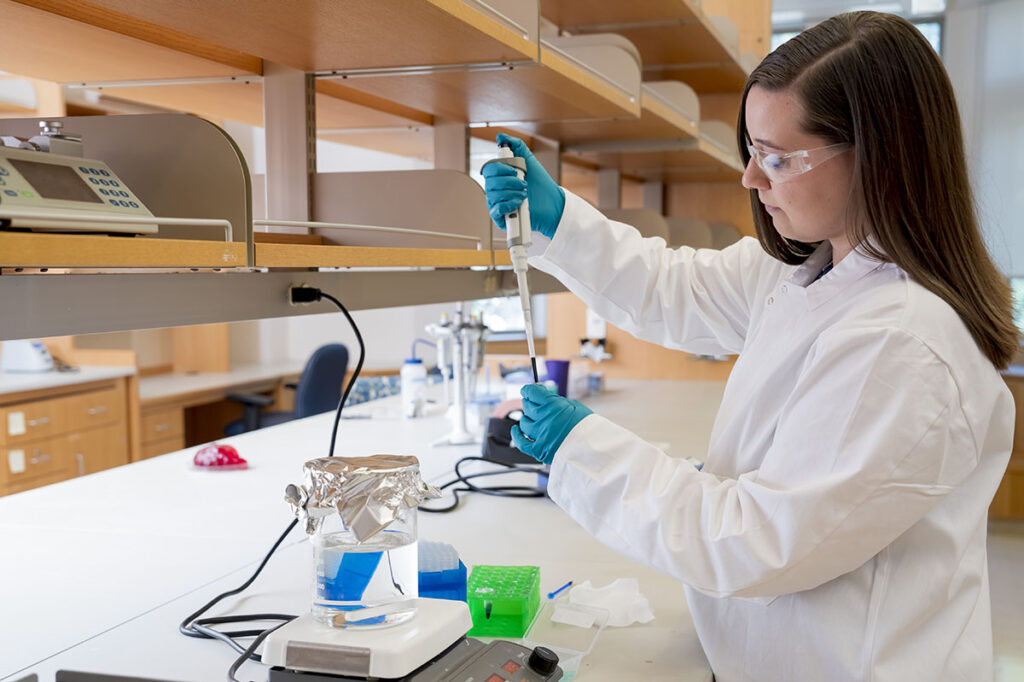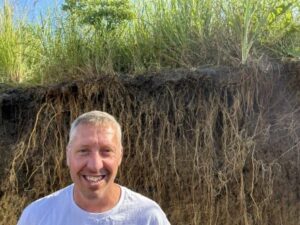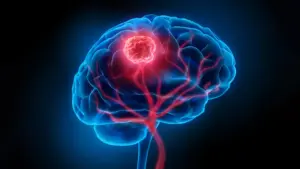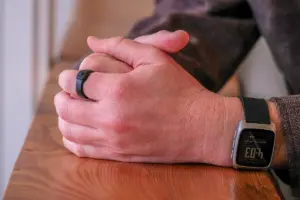
Laboratory of Alexandra Rutz, PhD., Assistant Professor, Biomedical Engineering, at McKelvey School of Engineering, photographed Monday, Sept. 19, 2022, at Washington University in St. Louis. (Photo © Whitney Curtis)
A research team at the McKelvey School of Engineering at Washington University in St. Louis has made significant advancements in bioelectronics, developing flexible hydrogels designed to monitor biological activities within the body. This innovative approach aims to replace traditional wearable or implantable devices, which are often made from metals and plastics and require surgical implantation.
Led by Alexandra Rutz, an assistant professor of biomedical engineering, and her doctoral student Anna Goestenkors, the team created unique granular hydrogels composed of microparticles. These hydrogels can be injected into the body, spread over tissues, or used for encapsulating cells, enhancing the ability to monitor and stimulate biological activity. Their research was published on October 8, 2023, in the journal Small.
The microparticles are made from the conducting polymer PEDOT:PSS and exhibit properties that allow for adaptability in various applications. When densely packed, they resemble wet sand or paste, maintaining a solid form with micropores. This structure enables the hydrogels to be 3D printed or reshaped while retaining their integrity.
“Granular hydrogels have not been widely studied for these applications, but we have found that this material can be injected with a needle at the site,” Rutz explained. The research aims to leverage tissue engineering techniques to create electronically conducting materials that mimic the body’s natural properties.
The hydrogels offer notable flexibility. “Because the particles’ connections aren’t permanent, they can move relative to each other, allowing the material to flow like a liquid when force is applied,” Goestenkors noted. Once the force is removed, the material regains its paste-like consistency, making it adaptable for various uses.
In their experiments, the team tested the hydrogels on locusts in collaboration with Barani Raman, a professor at McKelvey Engineering. They placed small clumps of the particles on locust antennae to measure olfactory responses, demonstrating the potential for these hydrogels in biological monitoring.
Rutz and Goestenkors envision a future where these conducting granular hydrogels could serve as customized 3D printed electrodes. These electrodes could conform to diverse surfaces or encapsulate biological components, paving the way for advanced tissue engineering scaffolds or injectable therapies.
To protect their innovations, Rutz and Goestenkors have applied for a U.S. patent covering the fabrication and applications of their conducting polymer microparticles and granular hydrogels. They are collaborating with the university’s Office of Technology Management to safeguard their intellectual property and support commercialization efforts.
This research received support from various funding sources at Washington University, including the Women’s Health Technologies Collaboration Initiation Grant and the Center for Regenerative Medicine Seed Grant.
As the field of bioelectronics continues to evolve, this innovative research offers promising possibilities for monitoring health and biological activity in a more flexible and less invasive manner.







